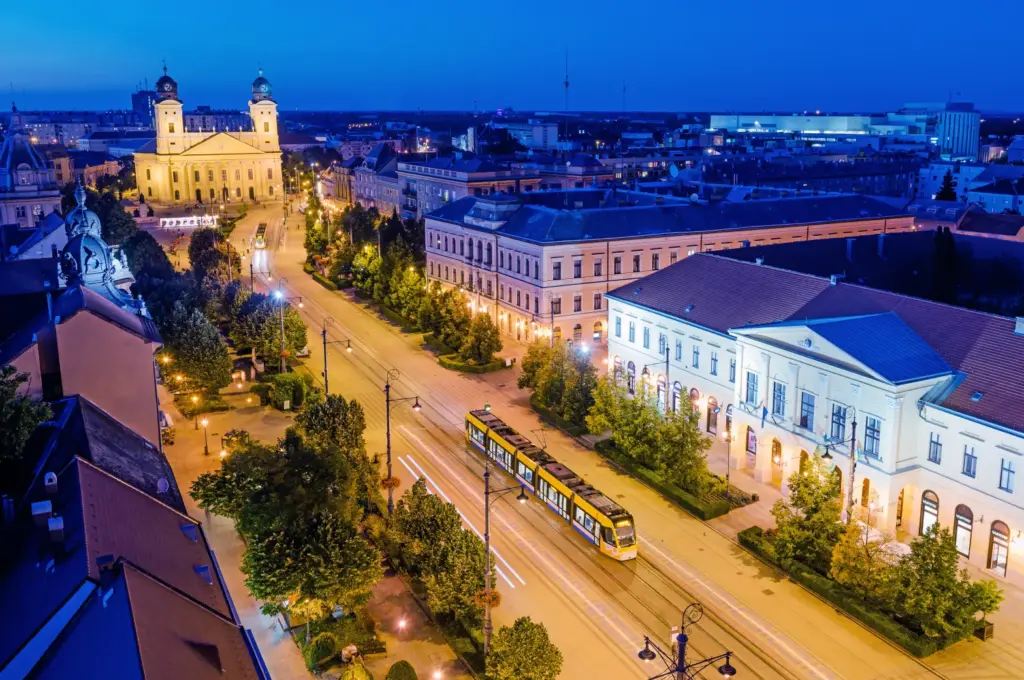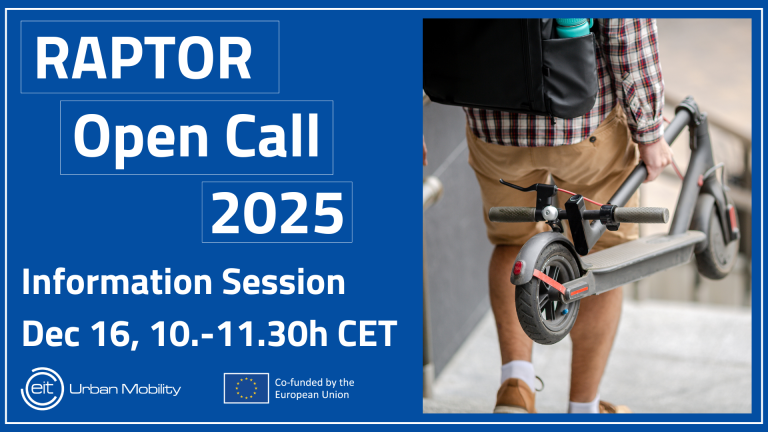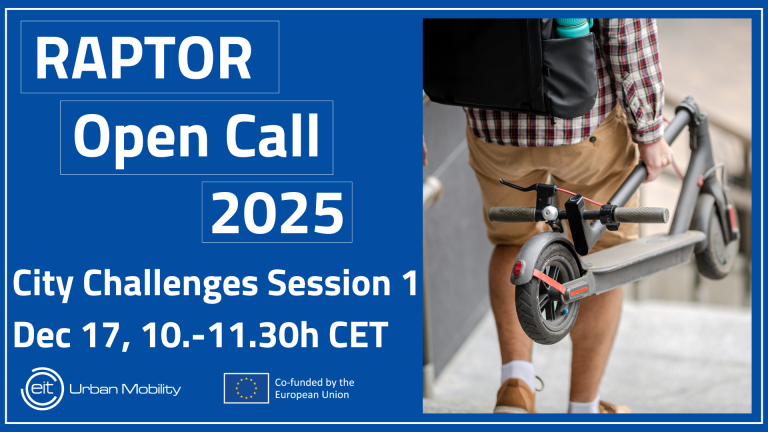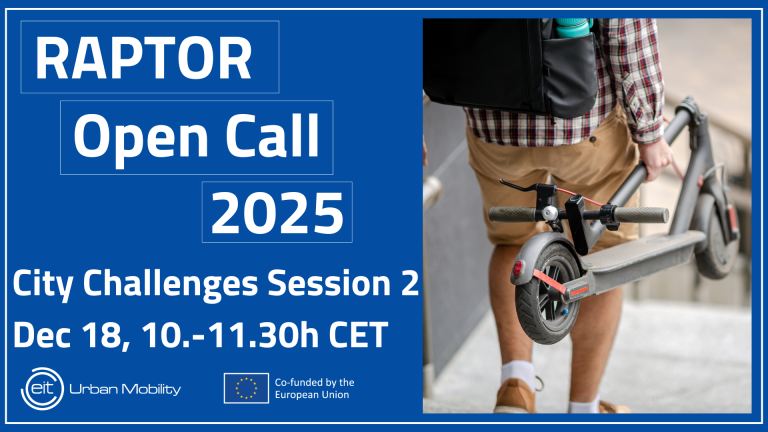Debrecen.
Challenge
How to connect citizens from low density areas to the public transport network through active mobility?
CURRENT SITUATION
Mobility problems, namely the excessive growth of car traffic, pose a significant challenge to the city of Debrecen. In the 90’s, est. 50 000 cars were used in the streets of the city. This number has doubled by today and will increase rapidly in the forthcoming years without innovative actions.
That is why the Municipality of Debrecen has a significant goal to reduce the city’s car traffic and allow space for sustainable and alternative modes of transport through sustainable and innovative methods. A large part of the city, especially the South and the East and beyond the metropolitan area have low density residential areas. A large number of people commute daily from these areas to the center and to the West part of the city to work and shop. For these reasons, the urban car traffic is a painful challenge for Debrecen, impacted by severe daily road congestions, especially in the central area and other frequently used roads.
The city is looking for ways to connect the commuters from these areas to the Public Transport network with alternative sustainable ways and to engage them to leave their cars at home.
Part of the problem is that many people use their bicycles for urban travel, but their destination is too far for bike only and they are not able leave their bicycles safely near bus stops and frequent transportation hubs. Therefore, people tend to use their cars overall instead of PT or their bicycles.

DESIRED SITUATION
Solution
Asistobe’s SaaS Suite allows city planners to explore, predict and optimise their entire public transport networks. Transport planners can use the software to gain a visual understanding of how people really move. It can also be used to make precise predictions on future transport demand, while employing optimisation algorithms to maximise public transport efficiency and cost-effectiveness.
Results
- During the project, Asistobe developed a new AI algorithm as part of the SaaS Suite with the capabilities to identify the potential of full public transport network optimisation activities.
- The tool allows the city to analyse the real transport demand.
- Based on early indications, a potential of 15% resource efficiencies are possible for the city of Debrecen.
- Additionally, Asistobe improved the tools’ onboarding process to accommodate new data sources.





